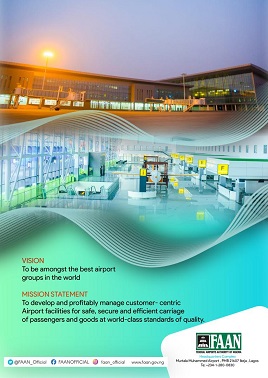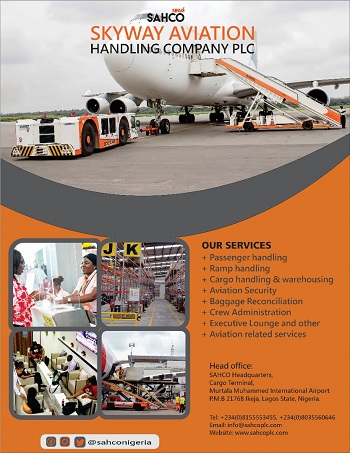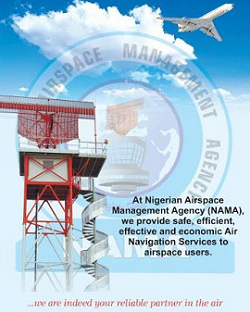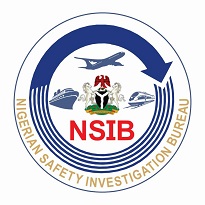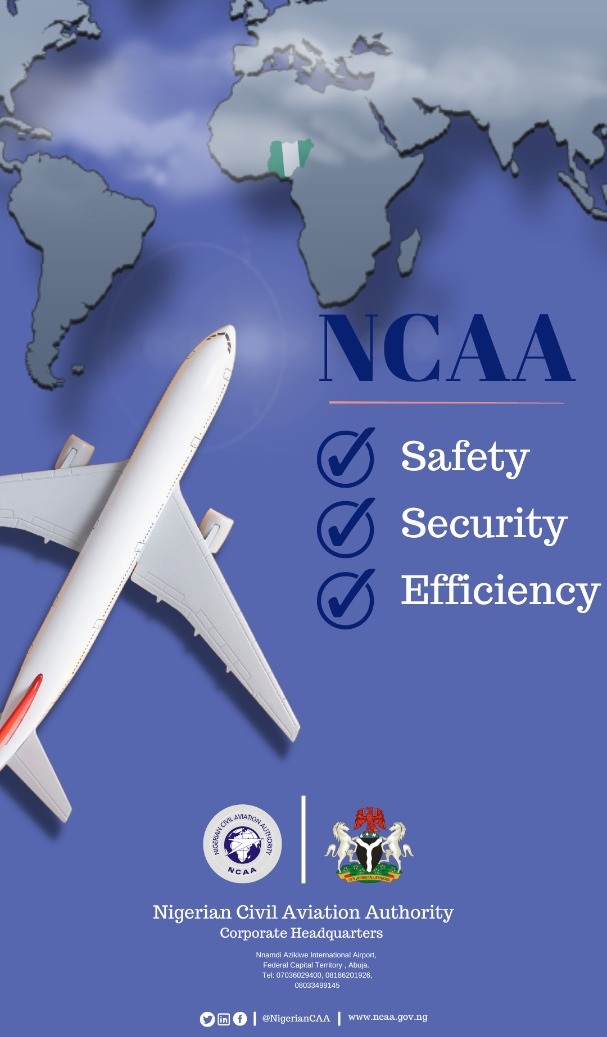
Aviation safety professionals in Nigeria who identified poor communication between cockpit and control tower, loss of situational awareness and lack of it thereof, lack of training, poor facilities, fatigue, poor flight crew judgment and maintenance personnel have been identified as some of the human factor errors causing air crashes have proffered solutions that would reduce accident and incident rate in air travel in the country.
The aviation safety professionals came out with the solutions during their deliberations at the just concluded AIB/LAAC Conference: Preventing Human Factors in Air Accident Investigations.
The event was held at the weekend in Sheraton Hotels and Suites, Lagos where industry stalwarts considered ways to tackle the human factor situation
Speaking on poor communication between cockpit and control tower, President of National Air Traffic Controllers Association (NATCA), Engineer Abayomi Agoro decried that poor communication and training on new facilities are needed to improve the situation in the air space.
He regretted that many airlines are not compliant with some of the new technologies introduced and even staffs have not gone through their trainings.
Agoro said, “The issue of communication has been something we have been calling on government and Nigerian Airspace Management Agency (NAMA), as service provider to do more on. The poor communication is not only from the ground equipment, at times, it is also from the air stations but most of the time these are some things that can degenerate to incidents or accidents.
“Even now that we have data exchange which has to do with the CPDLC not all the airlines are compliant with that and not all the controllers have gone through the training so definitely, it’s one of the areas we have to look critically into to prevent human factors we are talking about.
Buttressing his point on paucity of communication Representative of the Airline Operators of Nigeria (AON), Captain Akin George said communication system in Nigeria is best described as weak.
He said,” The communication system in Nigeria is quite weak; this has been a recurring problem for the last 10-15 years. Solutions have been put in, we take one step forward and within a month or two we are back to the norm.
“We have been talking on human factors today and we know one of the critical elements is communication, if you cannot communicate with your controller; then who is controlling who? As of today the communication between aircraft and the services coming out of Kano to Lagos is extremely weak. If you happen to be operating from the eastern side of the country, coming out of Calabar or Uyo, Port Harcourt and you’re heading towards Kano, it’s extremely weak, in most cases you have to get another aircraft to relay your information.
“Now whilst all this is going on the aircraft does not stay in one place and so you have a dynamic situation which for me, remains high risk and that is one of the areas we need to tackle as soon as possible in order to reduce the risk. “
Commissioner AIB, Engr Akin Olateru in his opening remark, stated that aircraft accidents are dominated by the failure of human factor’s failure explaining that it is vital to understand the complexity of human factors within a system with the intent of reducing it to the barest minimal.
He said,” Despite of a positive development in the trend of accidents recorded since the beginning of the 21st century, the number of air accidents is still unsatisfactory. Consequently, it is of paramount importance to do everything that would contribute to substantial reduction of the human factor failure in air transportation.
“A system of models appears to be an important tool for overall understanding of the complexity of human factors, serving as starting-points to an analytical and classification research of the human factor. At the same time, these models enable qualified investigation and assessment of the causes of air accidents and incidents, thereby preventing them from repeated occurrence.”


